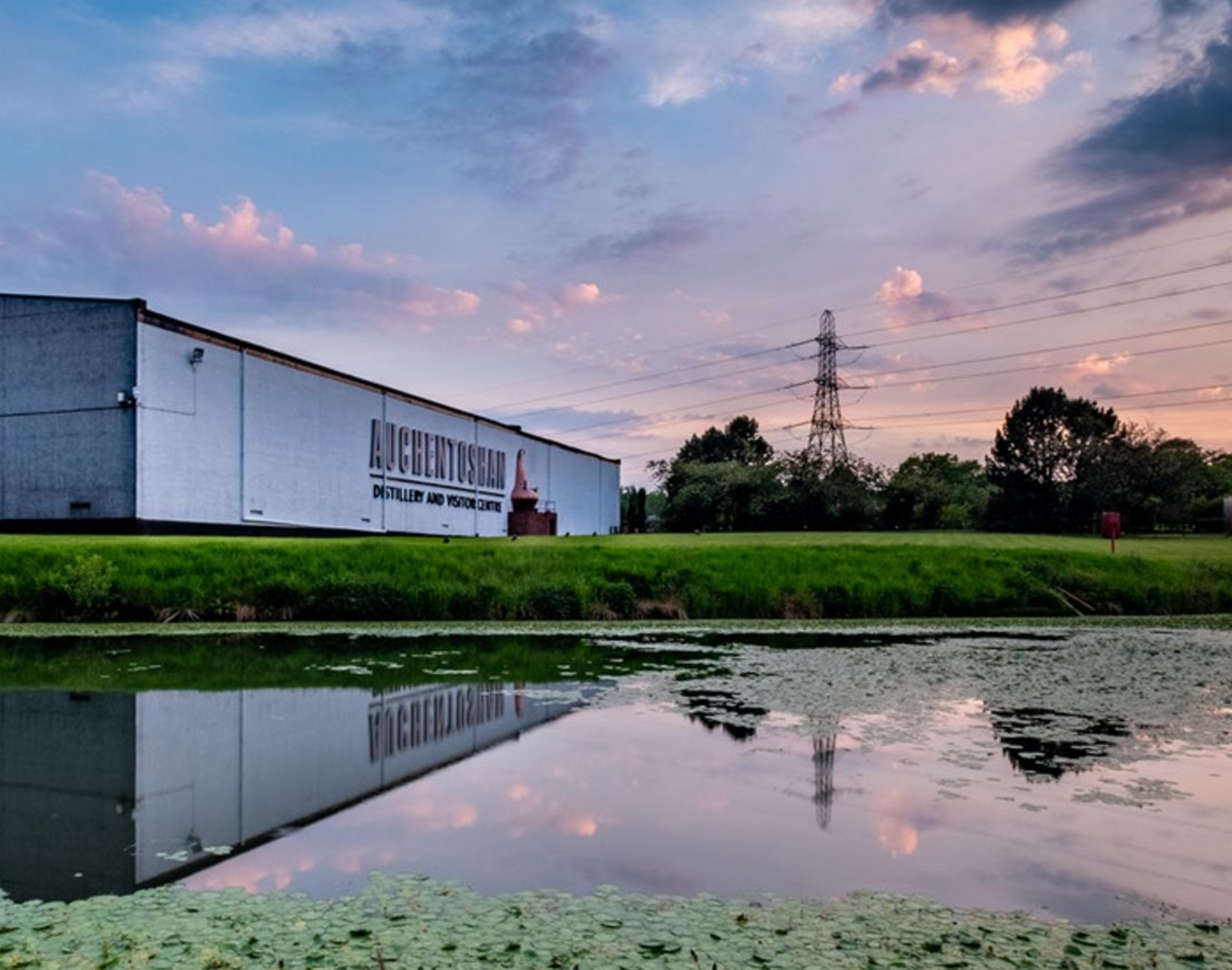In the journey towards cleaner energy sources, hydrogen has emerged as one viable solution. With its high energy content and the fact that its combustion only produces water, hydrogen has the potential to play a pivotal role in our transition to a more sustainable energy future. However, not all hydrogen is created equal. The color-coded classification system—green, blue, and grey—helps in understanding the source and production method of hydrogen. Among these, green and blue hydrogen are often highlighted for their lower environmental impacts compared to grey hydrogen, which is produced from fossil fuels without capturing the emitted carbon. Here, we delve into the distinctions between green and blue hydrogen, their production processes, environmental impacts and potential applications.
What is Green Hydrogen?
Green hydrogen is produced through the electrolysis of water, a process that separates water into hydrogen and oxygen using electricity. The key characteristic that defines green hydrogen is the source of the electricity used in this process; it must come from renewable energy sources such as wind, solar, or hydroelectric power. This means that the production of green hydrogen does not emit any carbon dioxide or other greenhouse gases, making it a completely clean energy carrier.
Advantages of Green Hydrogen
- Zero Carbon Emissions: Since it's produced using renewable energy, green hydrogen does not contribute to carbon emissions.
- Sustainability: It leverages abundant natural resources like water and renewable energy, making it a sustainable long-term option.
- Versatility: Green hydrogen can be used in various sectors, including transportation, industry, and heating, contributing to the decarbonisation of these sectors.
What is Blue Hydrogen?
Blue hydrogen is produced from natural gas through a process called steam methane reforming (SMR). This process generates hydrogen and carbon dioxide. The distinguishing feature of blue hydrogen is the capture and storage of the carbon dioxide emissions through a process known as carbon capture and storage (CCS). While this does not eliminate carbon emissions entirely, it significantly reduces the environmental impact compared to traditional hydrogen production methods.
Advantages of Blue Hydrogen
- Reduced Carbon Footprint: By capturing and storing CO2 emissions, blue hydrogen has a lower carbon footprint than grey hydrogen.
- Scalability: The infrastructure for natural gas is already well-established, which can be advantageous for scaling up blue hydrogen production.
- Transition Fuel: Blue hydrogen serves as a transition fuel, offering a cleaner alternative as we develop more sustainable solutions.
Green vs. Blue Hydrogen: Key Differences
- Production Method: Green hydrogen is produced via electrolysis powered by renewable energy, whereas blue hydrogen is produced from natural gas with carbon capture and storage.
- Environmental Impact: Green hydrogen is considered more environmentally friendly, with zero carbon emissions, while blue hydrogen still relies on fossil fuels, albeit with reduced emissions.
- Cost: Currently, green hydrogen tends to be more expensive due to the high costs associated with renewable energy and electrolysis technology. However, prices are expected to decrease with technological advancements and increased renewable energy capacity.
- Infrastructure: Blue hydrogen can leverage existing natural gas infrastructure, potentially making it easier to scale in the short term. Green hydrogen may require significant investment in new infrastructure for production, storage, and distribution.
Both green and blue hydrogen have roles to play in the transition to a cleaner energy system. Green hydrogen, with its zero-emission production, represents the ideal, sustainable future of hydrogen energy. However, blue hydrogen provides a pragmatic path forward, utilizing existing infrastructure and technologies to reduce emissions in the short to medium term. As technological advancements continue and the cost of renewable energy falls, its expected that green hydrogen will become most favourable, contributing to a truly sustainable energy landscape.



